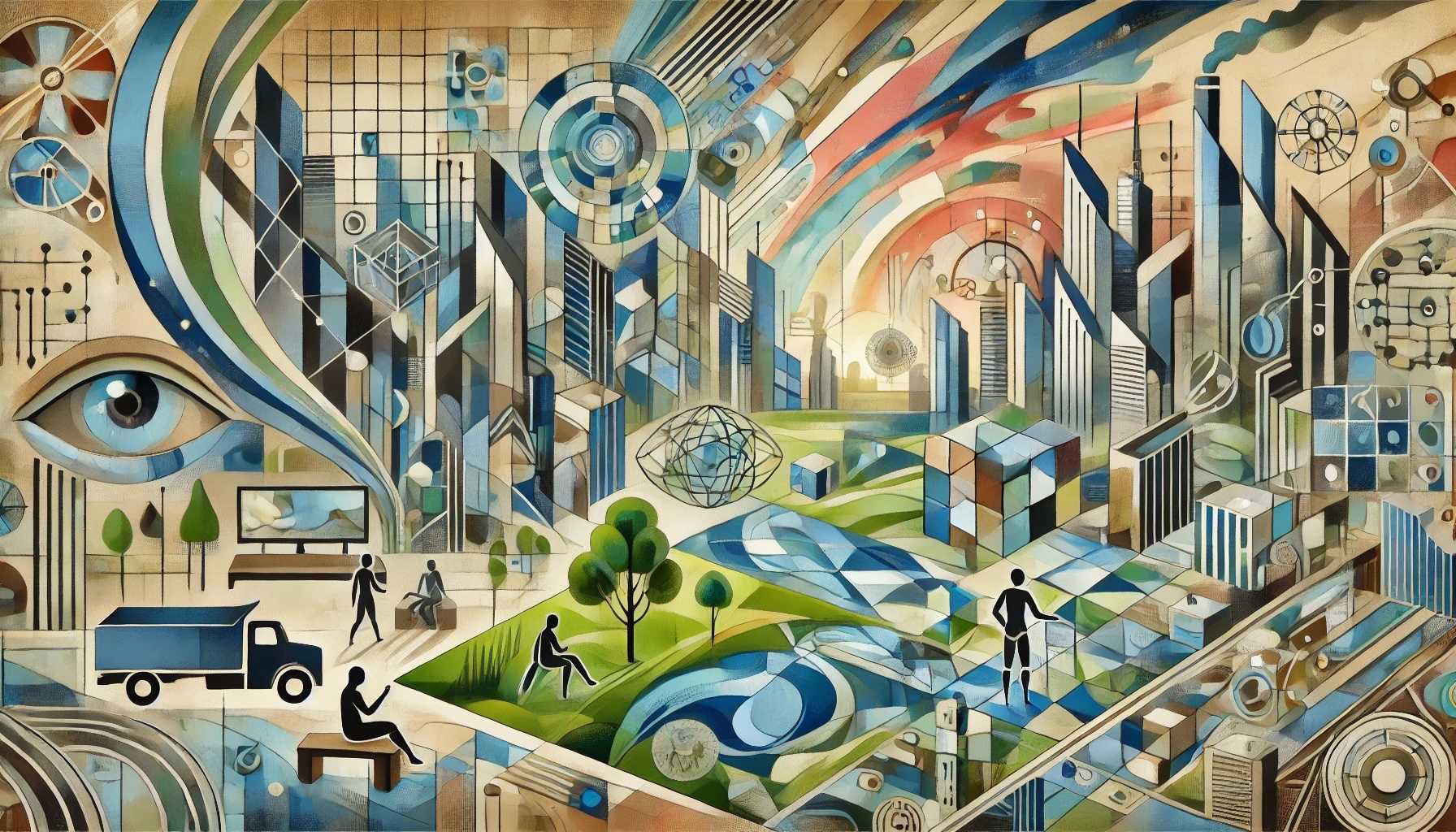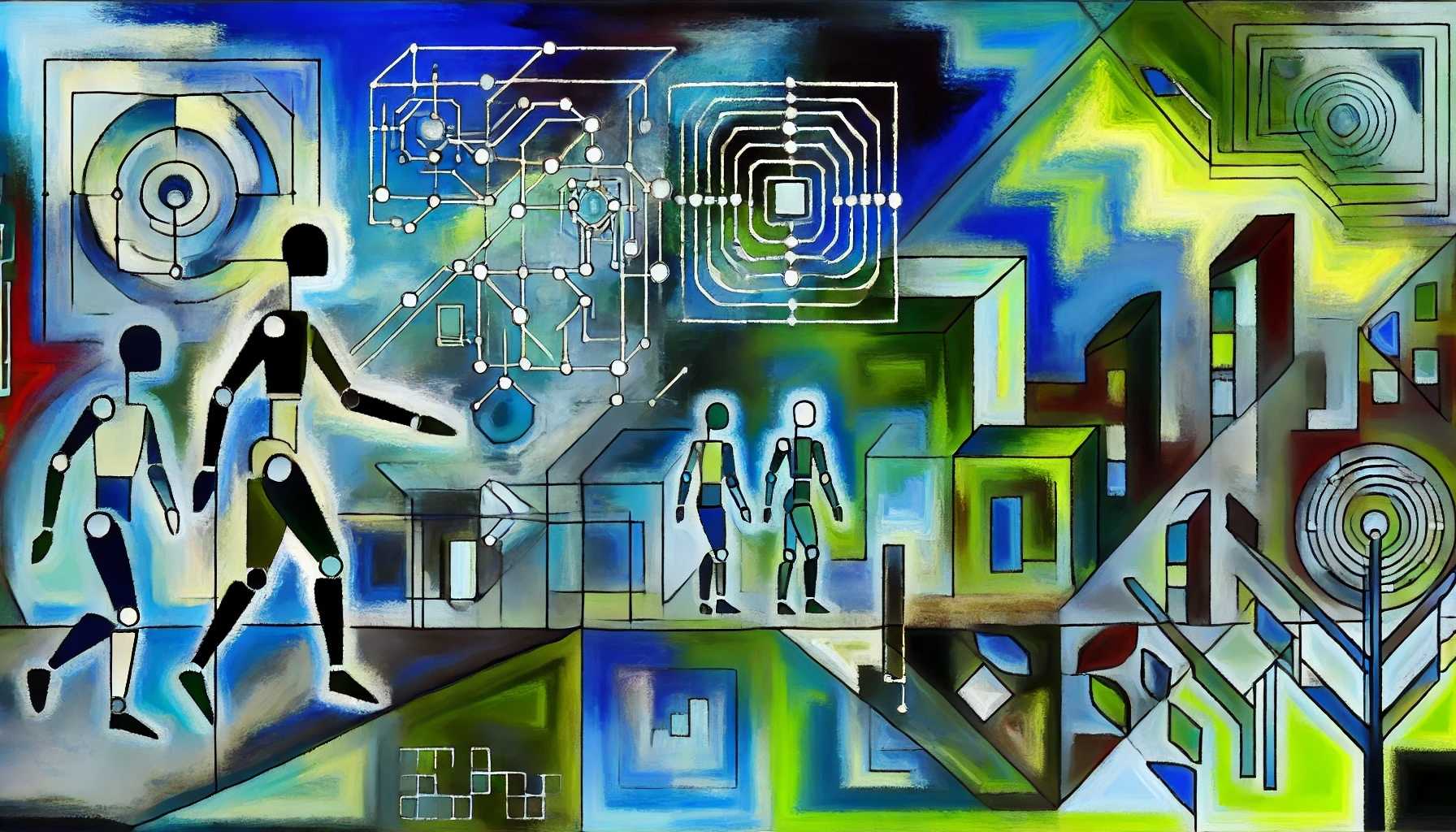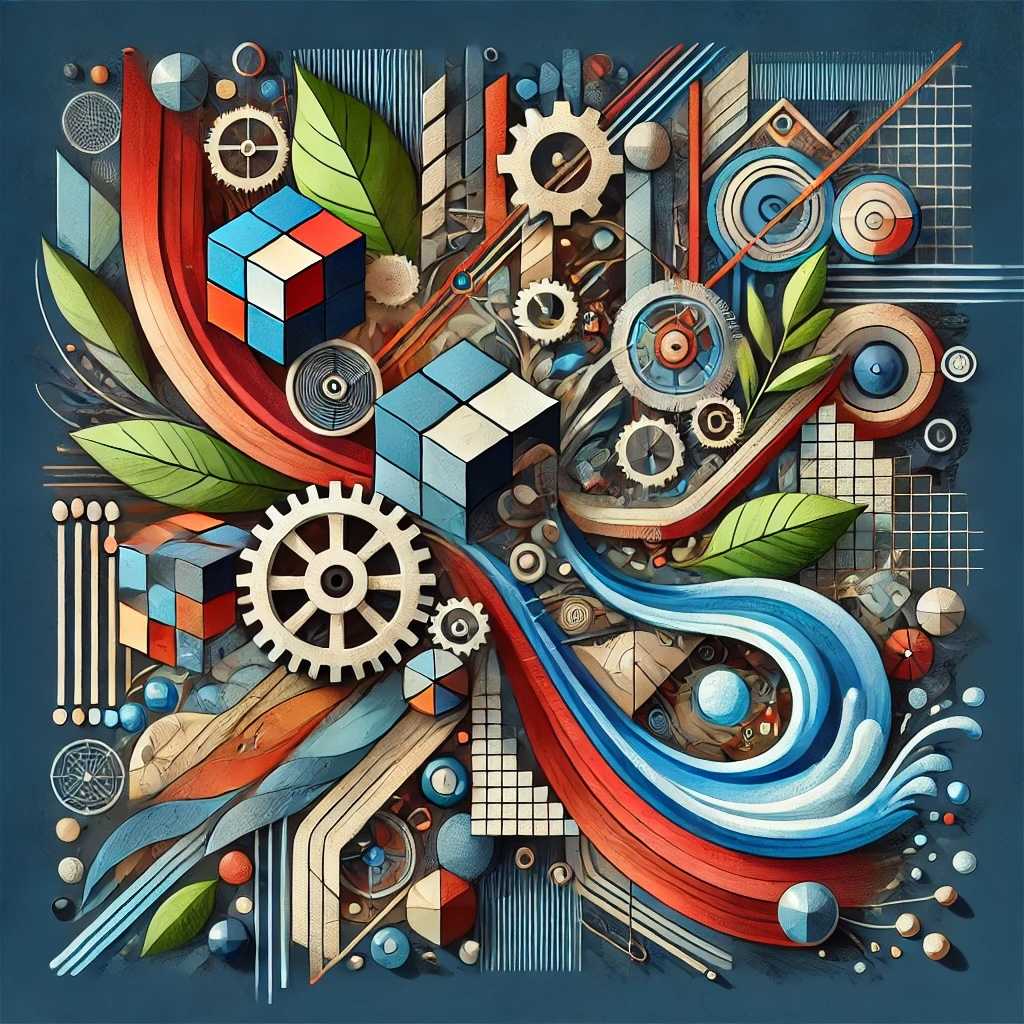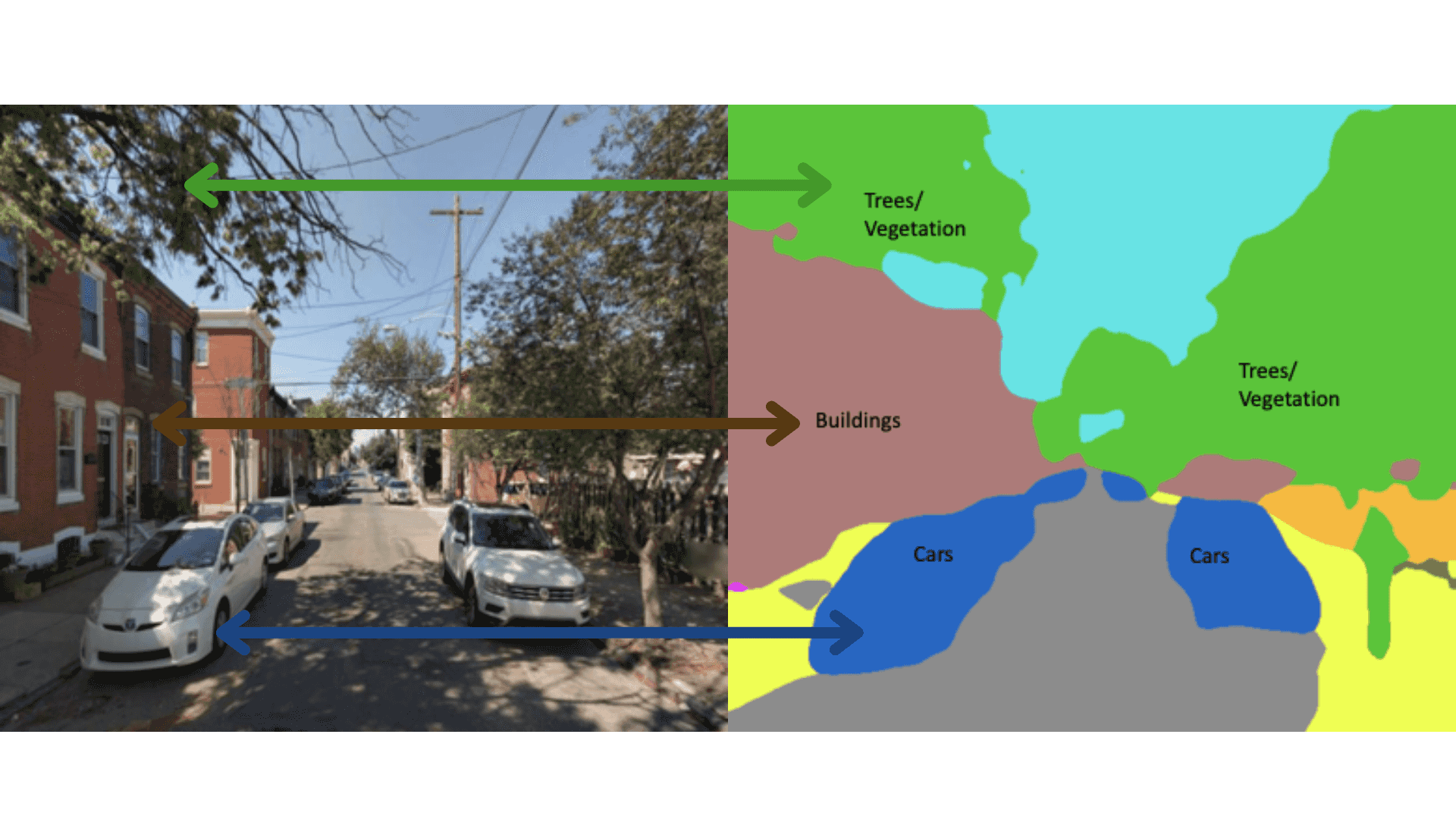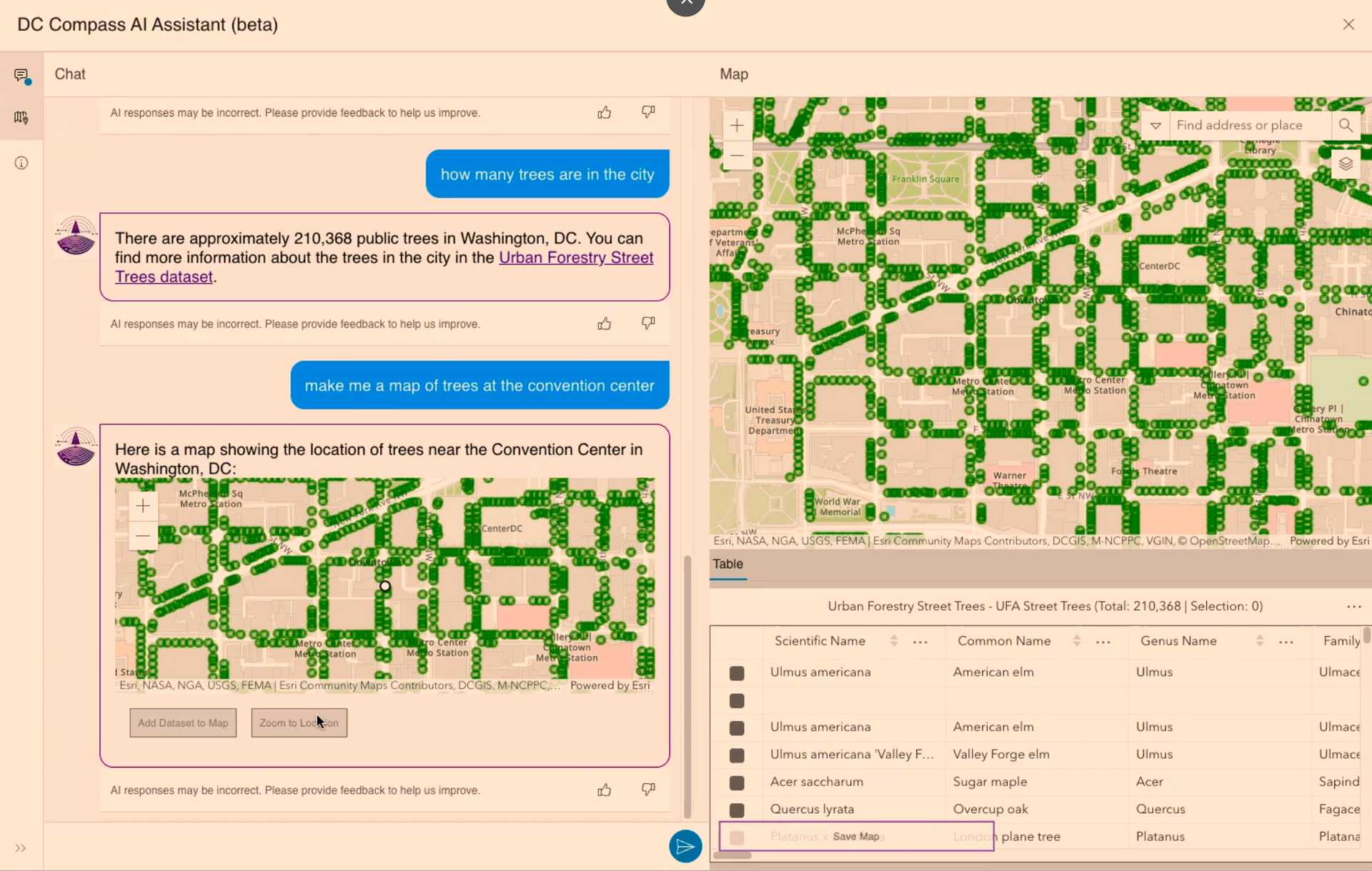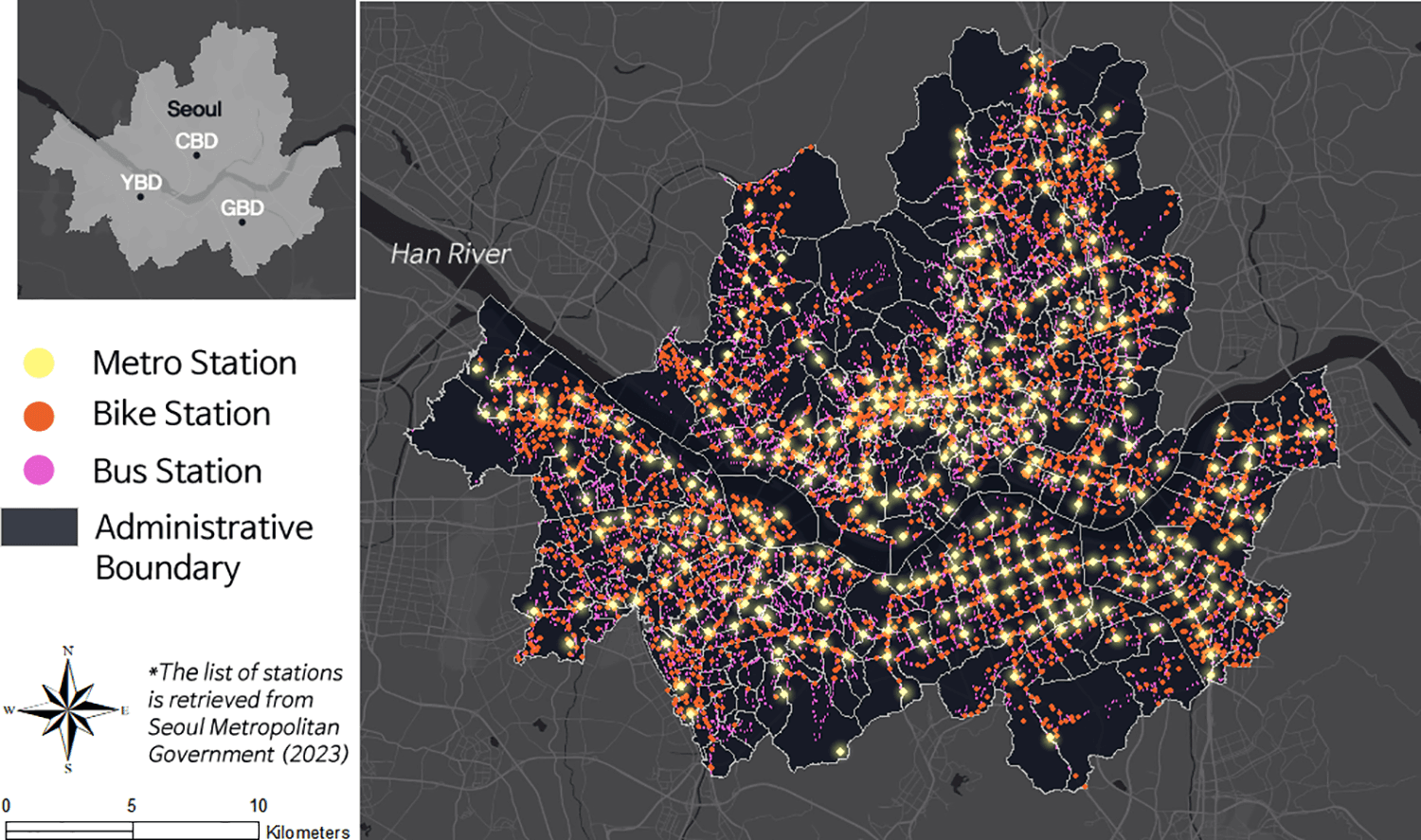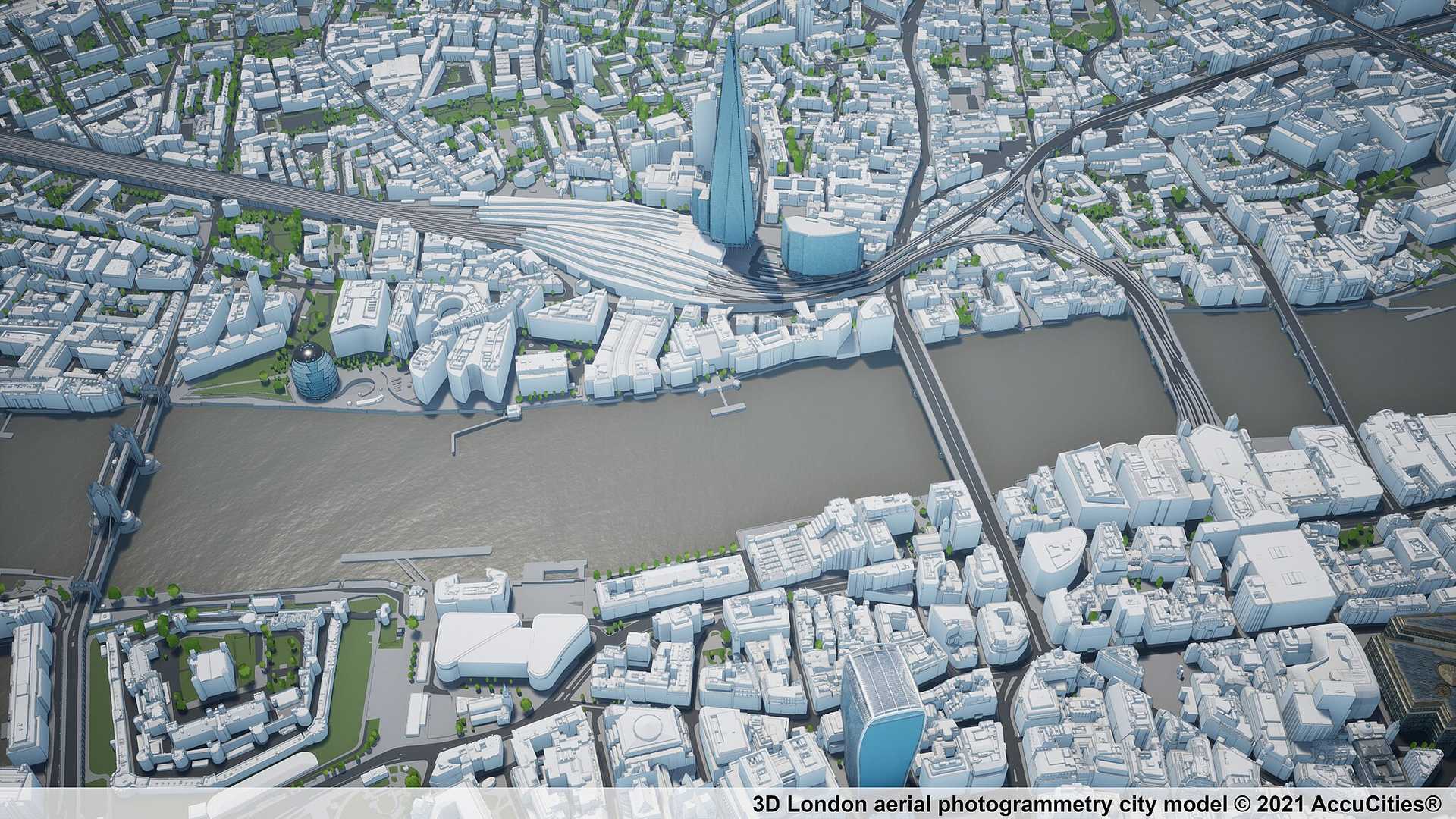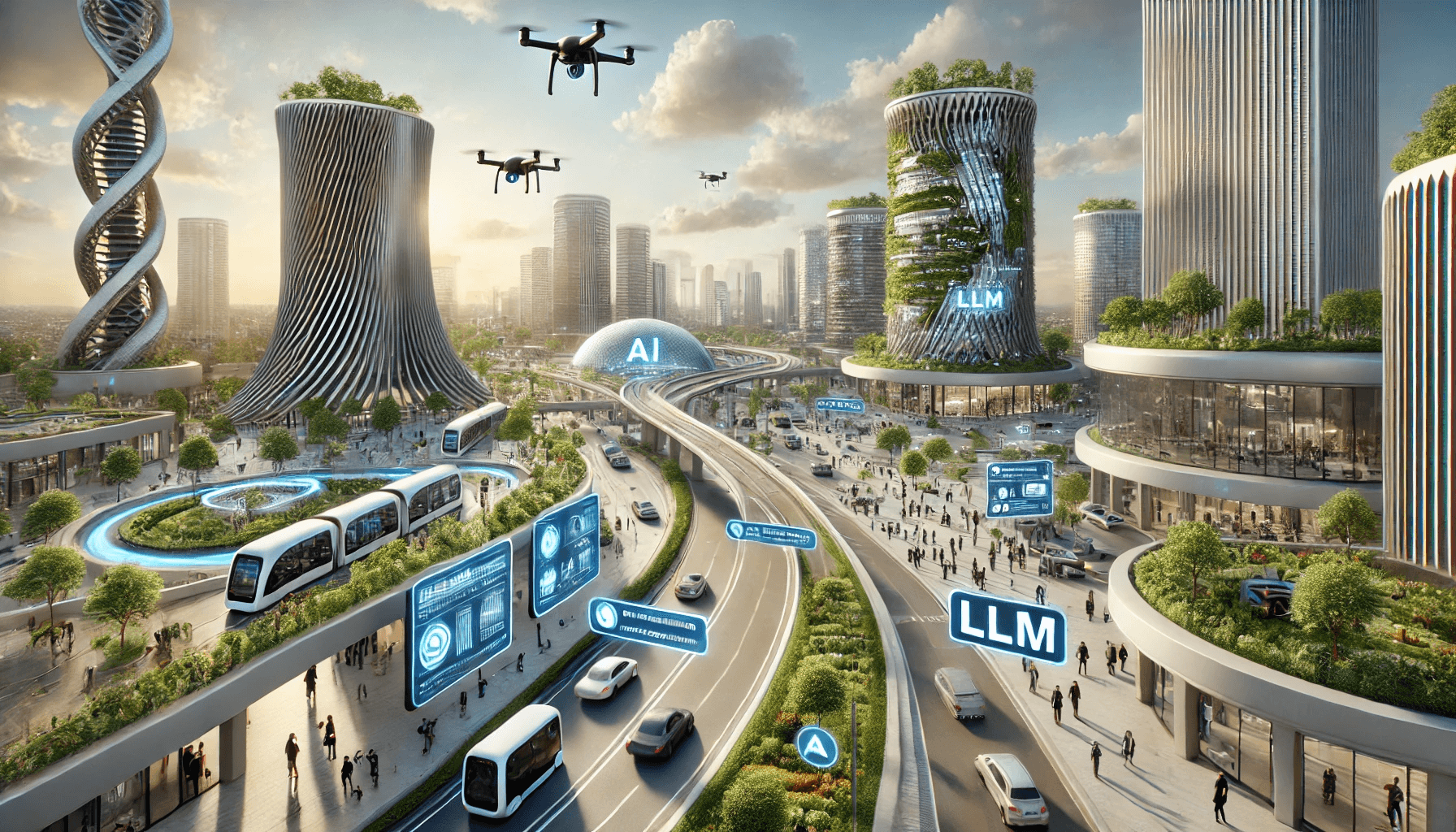
Continuous planning
From infrequent to iterative analysis.
How likely? How soon? What impact?
Over the next decade, urban planning will shift from periodic, static analyses to continuous, iterative processes choreographed and augmented by interactive AI. Advanced machine learning models will enable responsive forecasting of urban planning challenges like transit accessibilty, with updates reflecting real-time shifts in supply and demand. Large language models will rapidly integrate new research into location choice models, accelerating our understanding of how people respond to urban changes. And AI-powered mapping tools with conversational interfaces will democratize geospatial analyses, making spatial planning more accessible to non-experts.
These technologies will transform urban planning from a series of infrequent, expert-driven exercises to a continuous cycle of analysis, engagement, and adaptation. This shift will be crucial for cities to respond effectively to rapidly changing conditions brought on by climate change and other complex challenges. However, the continuously-updated nature of information provided by these tools will challenge traditional planning processes and institutions to themselves become more adaptive.
Personalized Insights
How might this trend shape your future? Generate a set of personalized insights to explore challenges, opportunities, and potential innovations. Simply select a sector, occupation, and target year — then press the button and let our AI do the work.
Generator Settings
Signals
Signals are evidence of possible futures found in the world today—technologies, products, services, and behaviors that we expect are already here but could become more widespread tomorrow.
